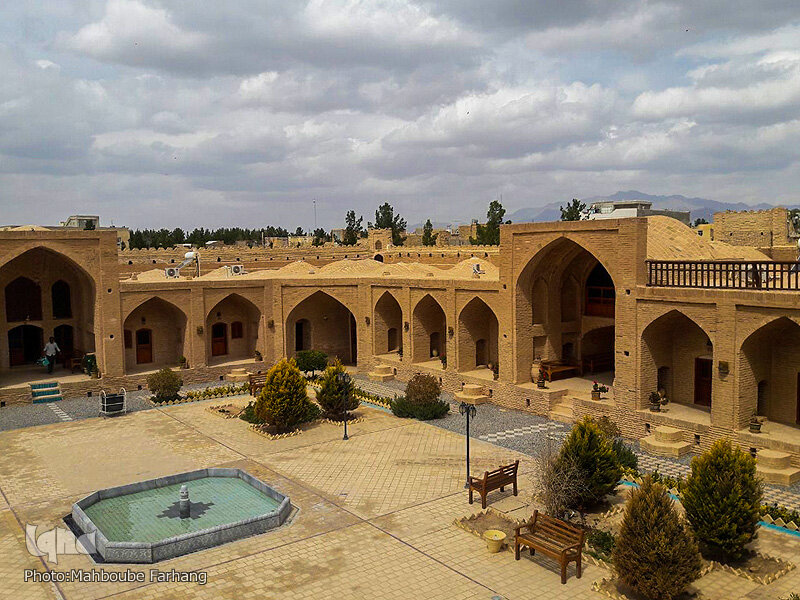400-year-old caravanserai to transform into cultural hub for handicrafts

TEHRAN - In a groundbreaking development, the deserted Shah Abbasi Caravanserai of Karaj is up for a transformative journey as local authorities announce plans to lease the historical site to private investors.
The move is intended to breathe new life into the centuries-old caravanserai, turning it into a vibrant cultural center dedicated to showcasing and promoting traditional handicrafts.
Nestled in the heart of Karaj, the capital of Alborz province neighboring Tehran, this architectural gem once served as a vital hub for merchants and travelers traversing the ancient Silk Road, providing shelter, sustenance, and a sense of camaraderie amidst arduous journeys.
As part of an initiative to promote local handicrafts, the local government has decided to lease the caravanserai to private investors who will be tasked with the responsibility of preserving its historical integrity while infusing it with a new cultural purpose.
The vision for the Shah Abbasi Caravansarai is to emerge as a dynamic cultural hub, focusing specifically on the promotion and preservation of traditional handicrafts synonymous with Iranian artistry.
The plan includes the establishment of workshops, exhibition spaces, and artisan studios within the caravanserai’s majestic walls.
Local officials expressed their optimism about the project, emphasizing the potential economic and cultural impact on the community. The revitalization of the Shah Abbasi Caravansarai is expected to attract tourists, artisans, and enthusiasts alike, fostering a renewed appreciation for Iran's rich cultural tapestry.
While preserving the essence of the caravanserai’s original architecture, the restoration project will incorporate modern amenities to ensure a seamless blend of the old and the new.
According to available data, handicrafts products worth $2.3 million were exported from Alborz province in the past Iranian calendar year 1401 (ended on March 20, 2023).
Last September, a selection of 54 roadside inns won a UNESCO label under the name: The Persian Caravanserai. The shortlist, however, is only a small percentage of the numerous caravanserais built along the ancient roads of Iran.
Caravanserai or caravansary is a compound word combining “caravan” with “sara”; the former stands for a group of travelers and the latter means the building. They often had massive portals supported by elevated load-bearing walls. Guest rooms were constructed around the courtyard and stables behind them, with doors in the corners of the yard.
For centuries, caravanserais constituted key parts of a rich circuit of travel and trade by providing shelter, food, and water for caravans, pilgrims, and other trekkers. For many travelers, staying in or even visiting a centuries-old caravanserai can be a broad experience; they have an opportunity to feel the past, time travel to a forgotten age.
The earliest caravanserais in Iran were built during the Achaemenid era (550 - 330 BC). Centuries later, when Shah Abbas I assumed power from 1588 to 1629, he ordered the construction of a network of caravanserais across the country. Such roadside inns were once constructed along ancient caravan routes in the Muslim world to shelter people, their goods, and animals. The former Silk Road may be the most famous example, dotted with caravanserais.
AFM
